On October 26, 2024, Samatha Power, head of the U.S. Agency for International Development (USAID), announced a $572 million assistance package aimed at addressing the ongoing crises in the Sahel and Lake Chad Basin regions. This funding, unveiled during a donors' conference, attended by the United Nations Office for the Coordination of Humanitarian Affairs (OCHA), the United Nations High Commissioner for Refugees (UNHCR), and the Organization of Islamic Cooperation (OIC), seeks to alleviate the multiple crises faced by the region's civilians, including food insecurity, displacement, and violence.
What You Need to Know
In recent years, armed conflict, climate change, and political instability have gripped the Sahel and Lake Chad Basin. As a result, these two regions are home to some of the world's most vulnerable populations. In the Sahel, ongoing conflicts involving various armed groups, including jihadist factions, have led to widespread displacement. Additionally, government-sanctioned counterterrorism operations with the aid of Russian mercenaries against Mali's Tuareg population has further exacerbated ethnic tensions in the region.
The Lake Chad Basin, meanwhile, has been significantly impacted by the Boko Haram insurgency, exacerbating humanitarian needs.
Over the years, these challenges have resulted in severe food shortages and malnutrition. According to recent reports, over 36 million people in the Sahel and Lake Chad Basin are estimated to face acute food insecurity. The humanitarian situation is dire, with millions of people displaced from their homes and reliant on aid for survival.
In her address, Power emphasized the urgency of the humanitarian crisis, highlighting the need for international collaboration and support. The $572 million commitment from USAID is intended to provide immediate relief and support for longer-term recovery efforts.
The four areas of focus are as follows:
- Food Security and Nutrition: A substantial portion of the assistance will be directed towards addressing food insecurity. This includes providing emergency food aid, nutritional support for malnourished children and pregnant women, and agricultural assistance to help communities rebuild their livelihoods.
- Protection and Shelter: The funding will also prioritize the protection of vulnerable populations, particularly displaced individuals and refugees. USAID aims to improve access to safe shelter, healthcare, and psychosocial support for those affected by conflict and displacement.
- Water, Sanitation, and Hygiene: Access to clean water and sanitation facilities is crucial in preventing disease outbreaks, particularly in overcrowded camps for displaced persons. The assistance will fund WASH programs to ensure that affected populations have access to essential services.
- Resilience Building: Beyond immediate relief, USAID is committed to supporting longer-term recovery and resilience-building efforts. This includes investing in community-based programs that enhance livelihoods and promote stability in the face of ongoing challenges.
So, What Now?
USAID’s $572 million humanitarian assistance represents a significant commitment to alleviating the suffering of millions in the Sahel and Lake Chad Basin. However, as the crises continue to evolve, it is a possibility that this funding may be withheld from some of the region's ,ost vulnerable populations. For example, in Mali, the ruling military junta under General Assimi Goita only allows humanitarian organizations to operation in areas under government control. This means much of the north, which is home to much of the country's Tuareg population, and outside of government control due to the existence of various separatist Tuareg groups, is unable to reap the benefits of USAID's assistance.


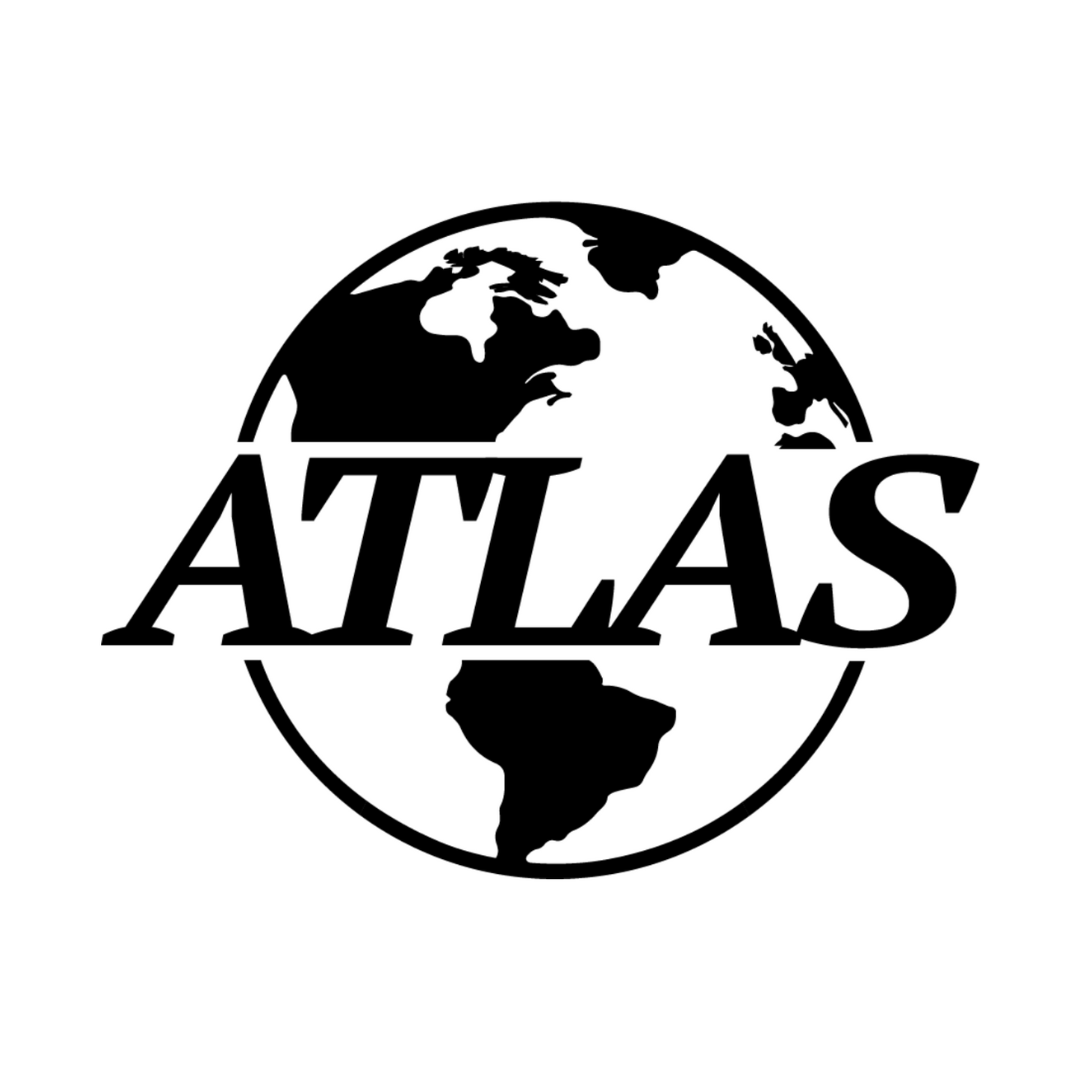
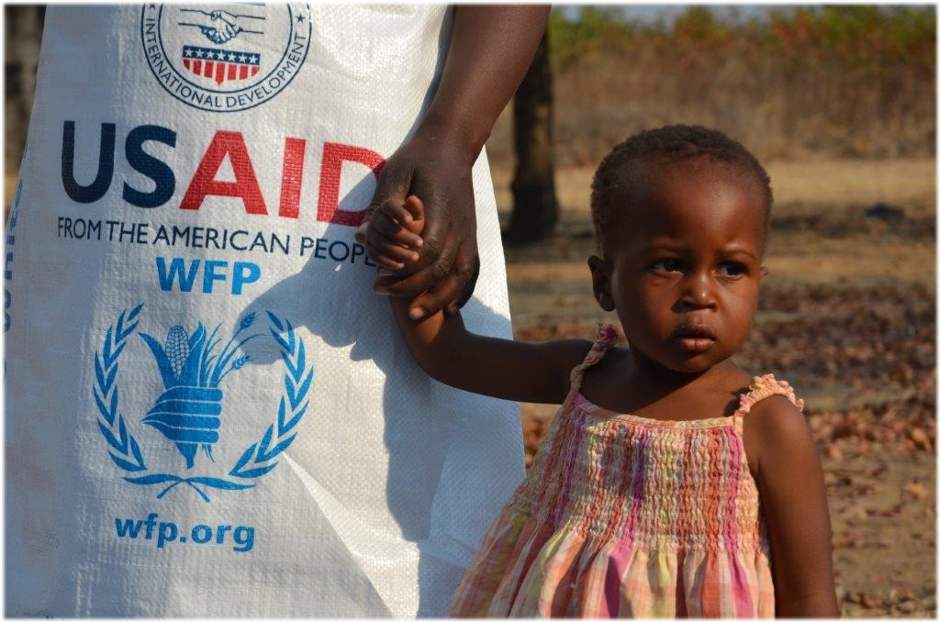




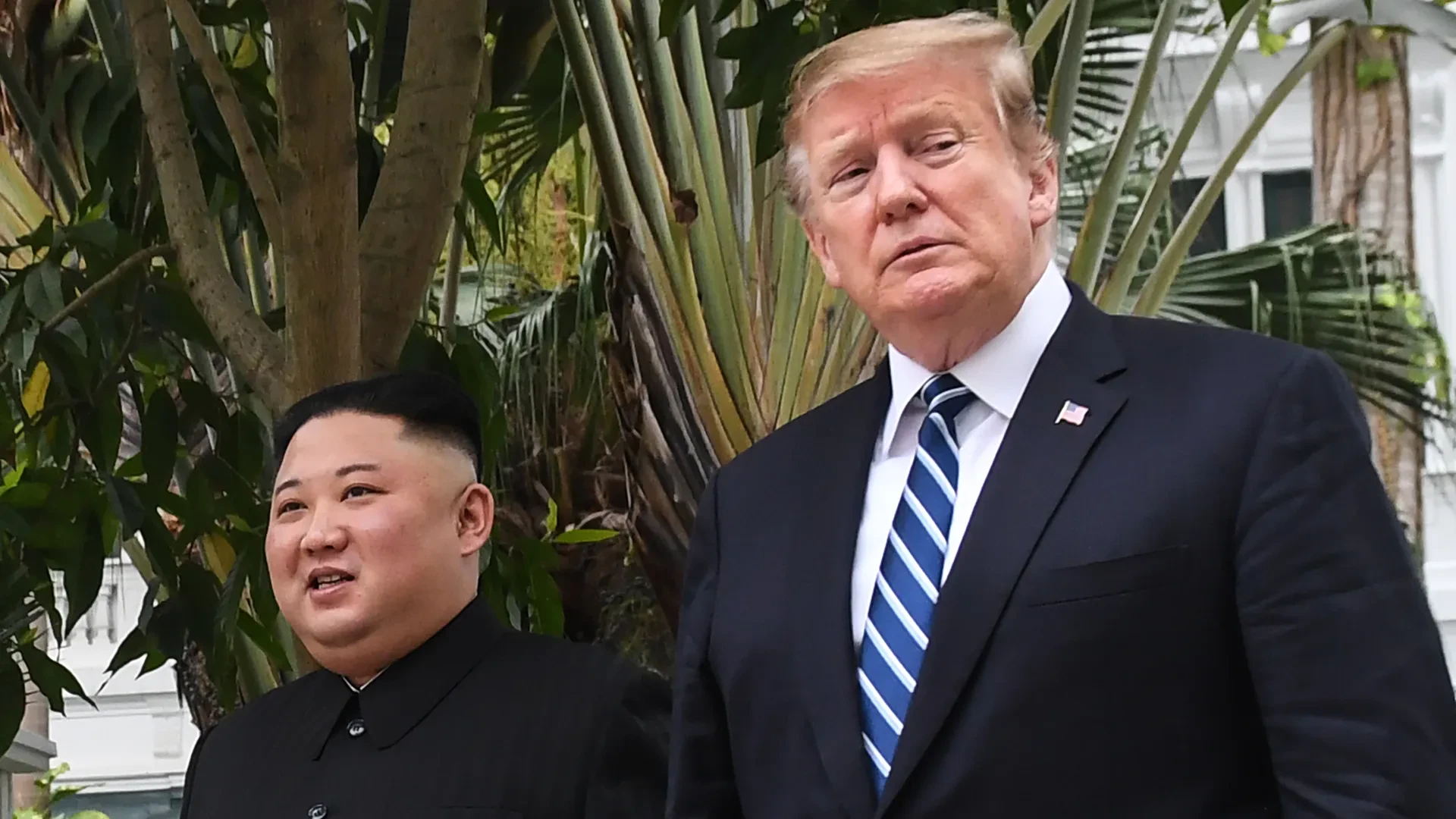
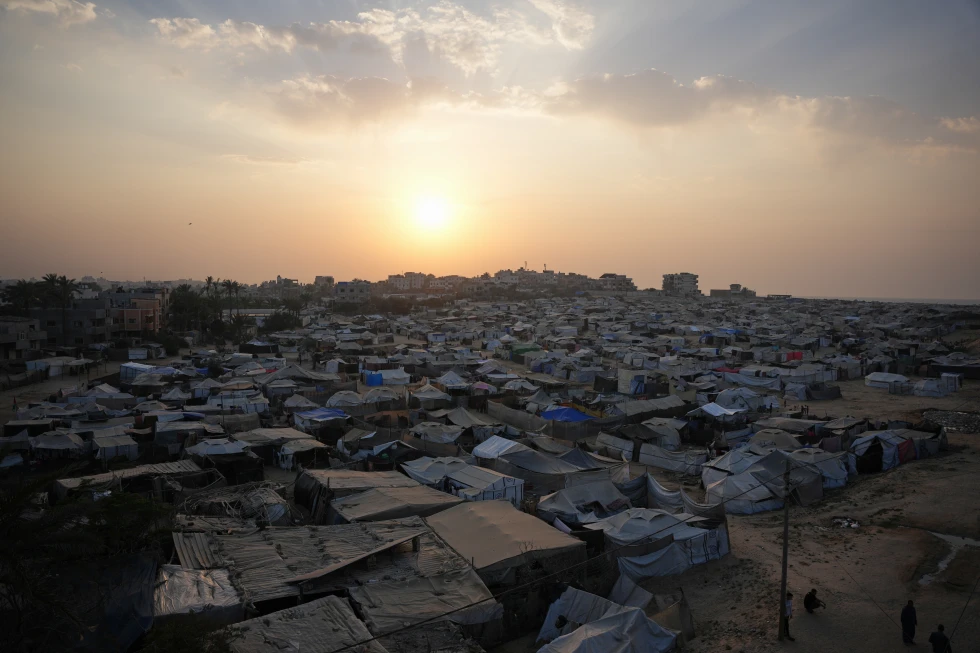

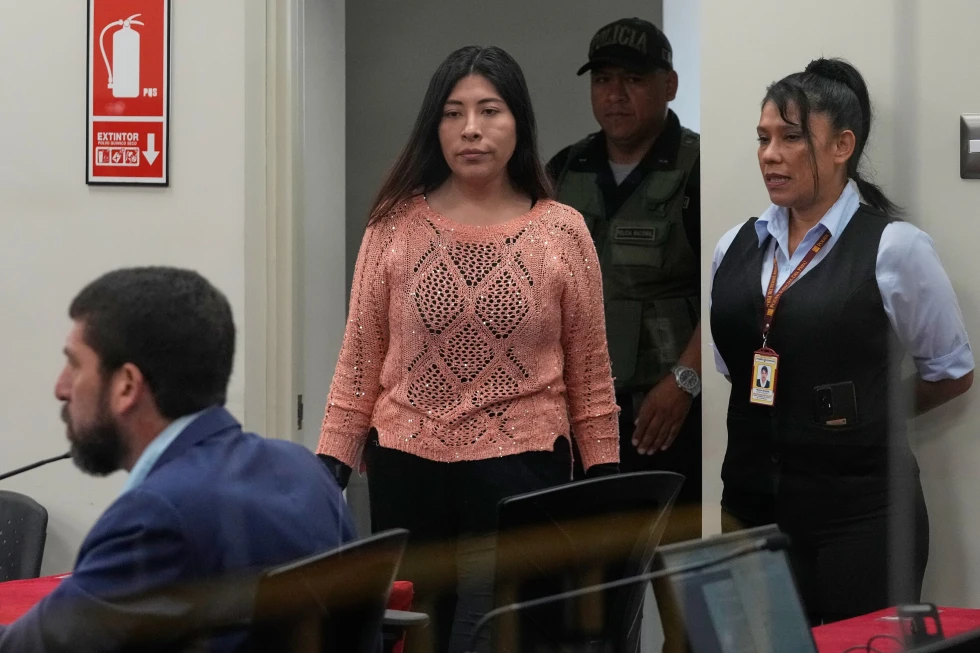
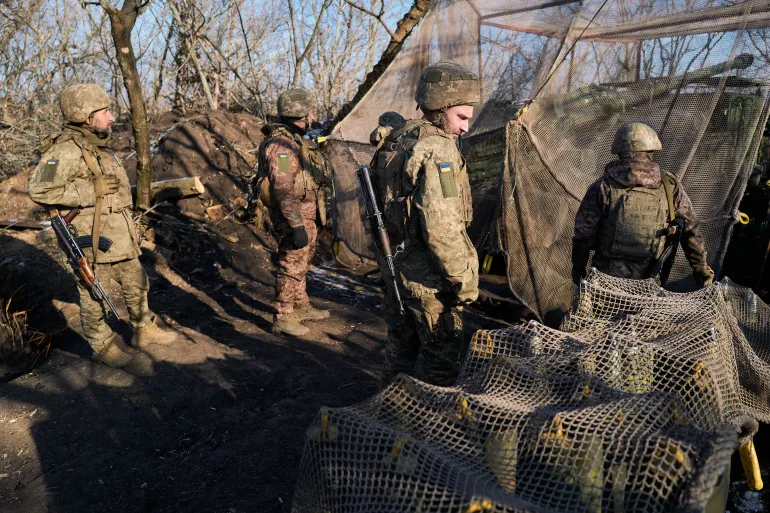

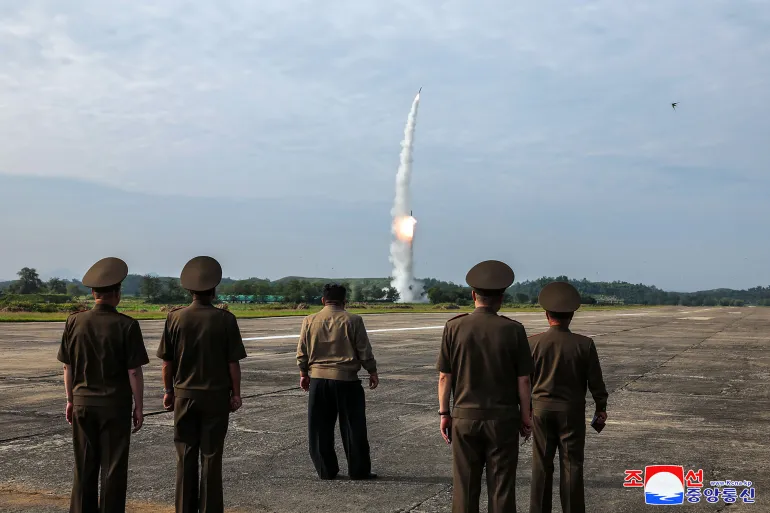

Discussion